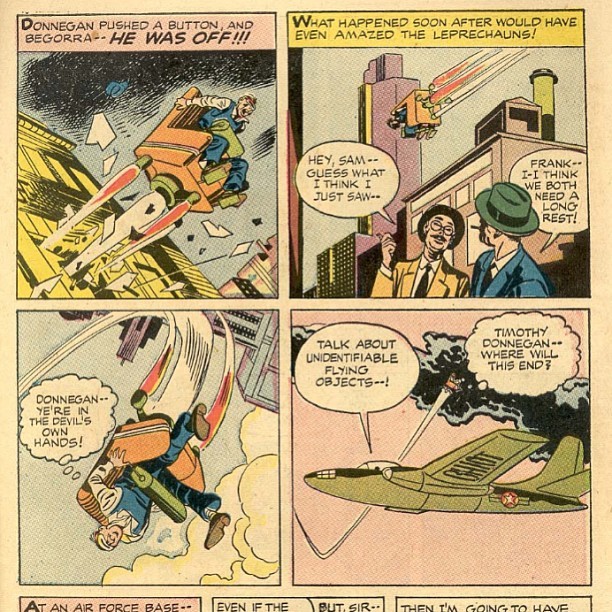Derek Kirk Kim's graphic novel "
Tune: Vanishing Point
" has been
getting some acclaim this year. Intrigued, I decided to get a couple of his books from the library and check them out for myself. So, my first introduction to Kim's work is his 2007 work "Good As Lily," illustrated by Jesse Hamm.
Some sites have called this a YA graphic novel, although in my opinion the "YA" tag is purely for marketing. Kim's pacing is delicate yet interesting. The story starts with a bang as Grace Kwon is kidnapped in broad daylight as she sits in the park. She's not alarmed, however, and we discover it's because her friends have abducted her for a surprise 18th birthday picnic. During the party we meet each friend and learn about his or her relationship with Grace. Just as the story feels like a
shoujo manga like Peach Girl, Kim introduces a magical element in the form of a strange pig pinata sold to Grace by a strange old woman. The scene of them breaking the pinata is strangely satisfying, words alone can't accurately describe the feeling.
What evolves from there is basically "Back to the Future" in reverse: three versions of Grace from other periods in her life manifest themselves to live with her. The nine-year-old version, which Grace calls Katie is a glutton for cookies and candy. The not-yet-thirty-year-old "Shana" seems to dread the future, but also is fixating on Grace's cute Drama teacher. And the 70 year-old "Jessica" only wants to smoke, drink and watch "Antiques Roadshow" (because "Walker, Texas Ranger" isn't on for another two hours.)
You could say the story is also similar to "A Christmas Carol," with the three ghosts visiting, except that these other versions of Grace aren't ghosts. They interact with friends, lead fundraisers, start food fights and both help and hinder Grace as she tries to navigate the pinball events of high school.
Kim has put together an engaging story, with a satisfying arc and resolution. The plot points are only occasionally predictable. You know that the boy she's grown up with, and overlooked since 3rd grade will obviously be the future boyfriend, but who could have predicted how they finally pay for production of the spring play? (I'm not telling.)
Kim has made much of his career doing webcomics, and halfway through book I was worried that this would be an ongoing story, drawn out over multiple volumes. The weakness of many webcomics is that they don't always focus on a definitive end. "Good As Lily," however, didn't disappoint -- the resolution was clear and satisfying.
After reading "Good As Lily" I'm excited to read more of Kim's work. For those who are interested in the artist's commentary, Kim's website has a
series of posts providing a commentary on the development of the characters and the art. The Wikipedia
article on Kim is disappointingly short, although I'm sure it will grow in time.
Kim's website is
http://www.lowbright.com/ or you can follow him on twitter
@derekkirkkim.

































